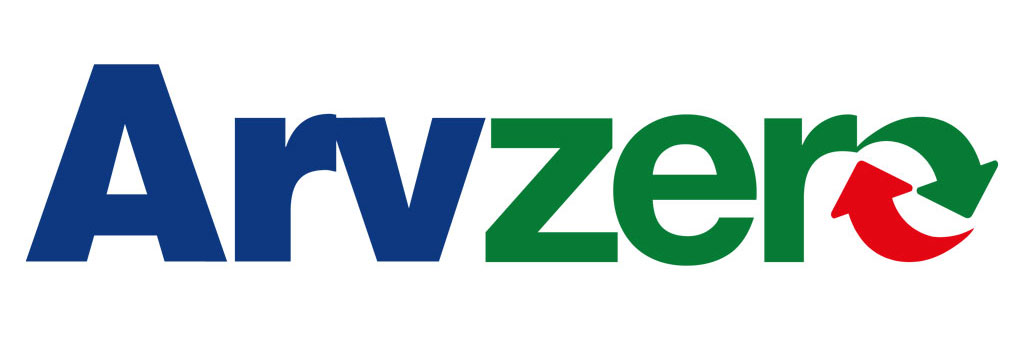Innovation and sustainability
Arvedi has obtained important results in terms of sustainability and has now achieved a new, outstanding goal: Acciaieria Arvedi is the world’s first steelworks to be certified Carbon Neutral.
The road towards climate neutrality undertaken by Arvedi began many years ago, driven by solid entrepreneurial values such as innovation, daring, research and the utmost respect for the environment.
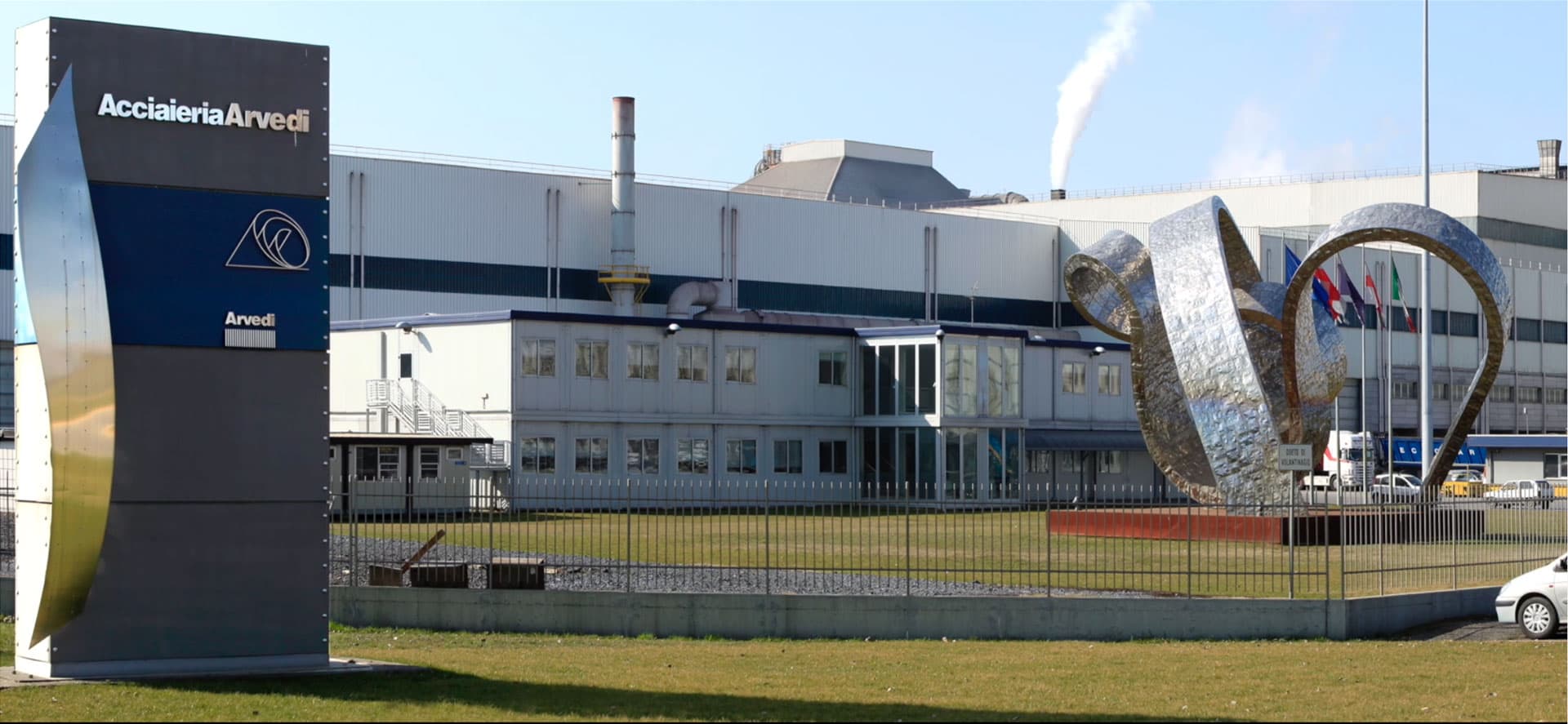
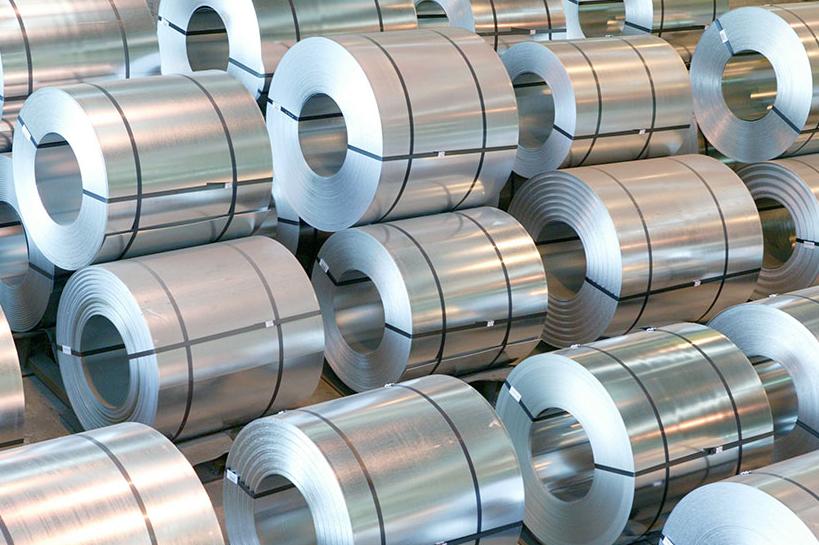
How the ARVZERO project came into being
Many innovative strategic decisions have been taken, such as focusing 30 years ago on the production of flat rolled steel using an electric furnace, developing an innovative plant configuration, constantly improving plant efficiency, using solar panels, recovering heat, experimenting the use of hydrogen. Not less important has been the constant commitment to achieving a circular economy aimed at reducing and recycling residuals and waste along the whole chain.
The certification process linked to ARVZERO products is the formalisation of a long road that has led Arvedi to reach the international Green Deal target set for 2050.
What ARVZERO is
Arvzero is the carbon steel produced by Acciaieria Arvedi at its Cremona works and processed at its Cremona and Trieste works.
It is a steel specially made to contribute to the reduction of climate-changing or greenhouse gases, produced and managed in such a way that all the emissions directly dependent on its production are fully compensated in accordance with the parameters set by Scope 1 and Scope 2 of the Greenhouse Gas Protocol.
Reference Benchmark
In Europe the carbon intensity of flat rolled steel products made using an integrated steelmaking cycle is about 2,100 kg of CO2 per tonne of steel produced.
The carbon intensity of the flat rolled steel produced by Acciaieria Arvedi using an electric furnace and ESP technology is 133 kg of CO2 per tonne of steel produced.
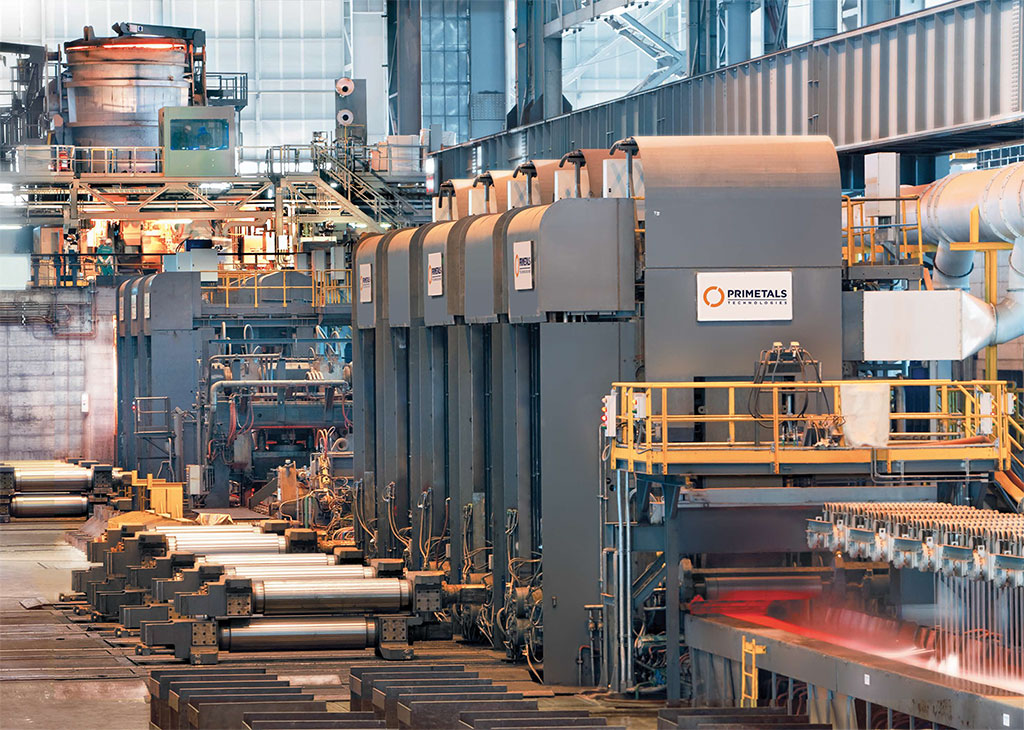
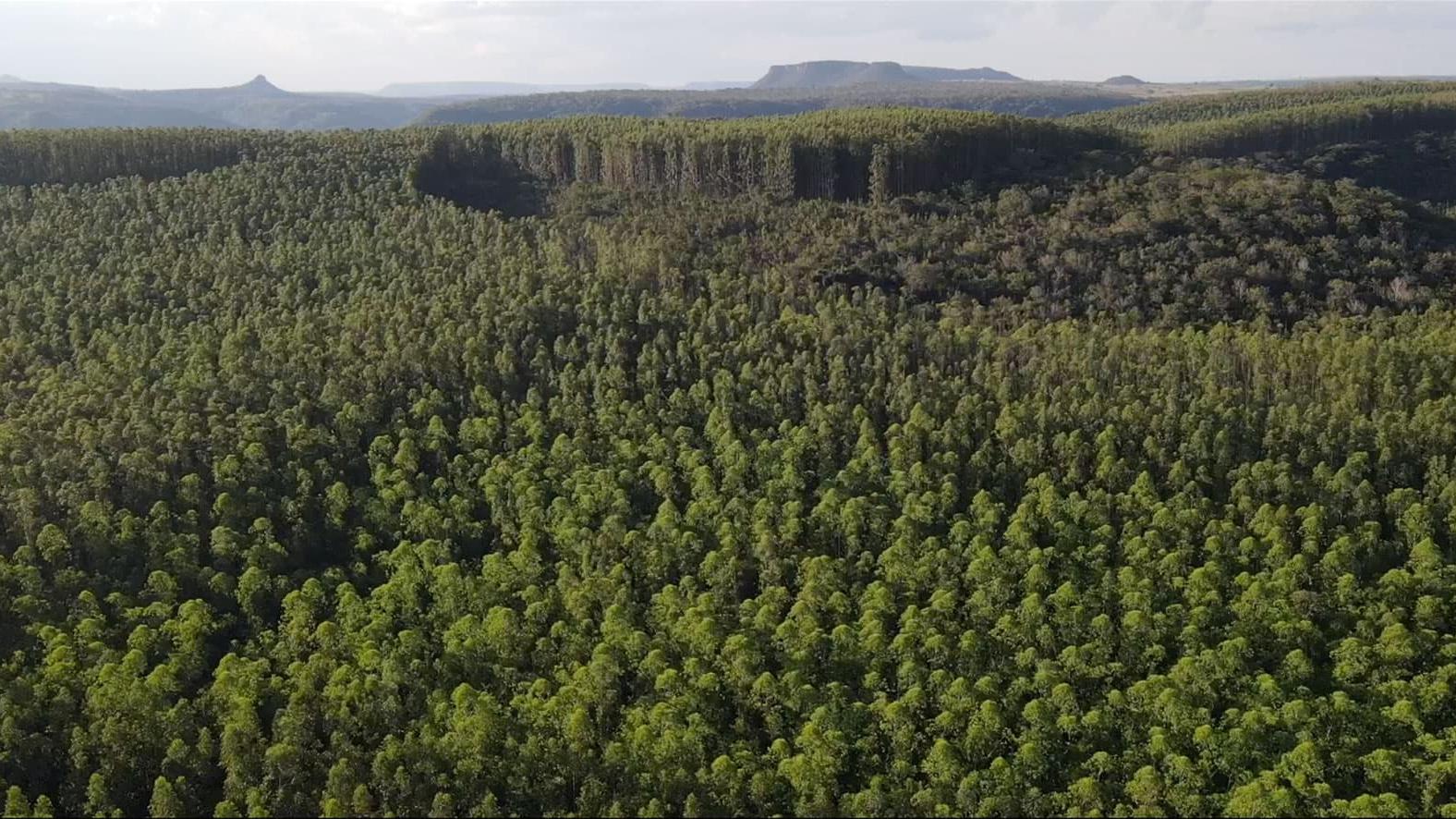
How are the unavoidable emissions from the ARVEDI PROCESS compensated?
Through voluntary FORESTRY credits, i.e. the purchase of corresponding CO2 absorbed by new forestation through VCS credits, issued by the leading international standard authority VERRA.
The Credit Register is public and provides detailed information on the projects object of the credit.
From now the steel produced by Acciaieria Arvedi is Carbon Neutral and, on request, certified Arvzero
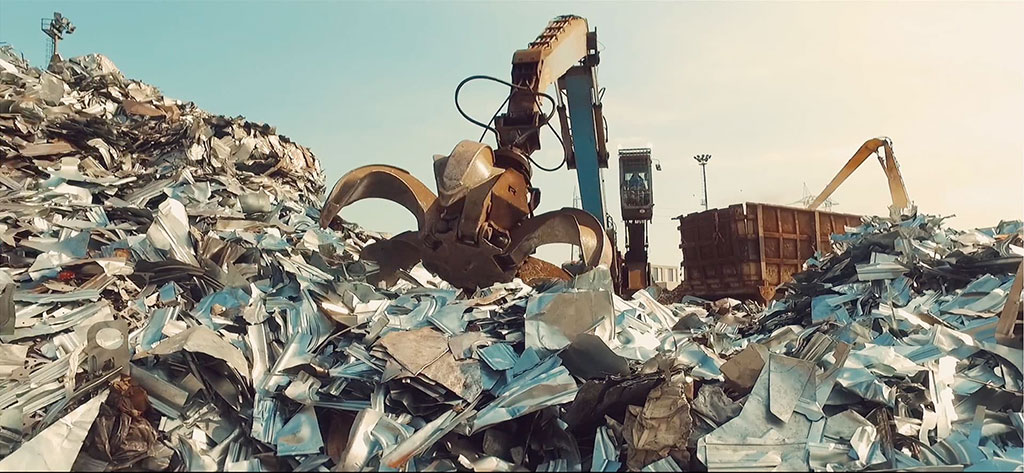
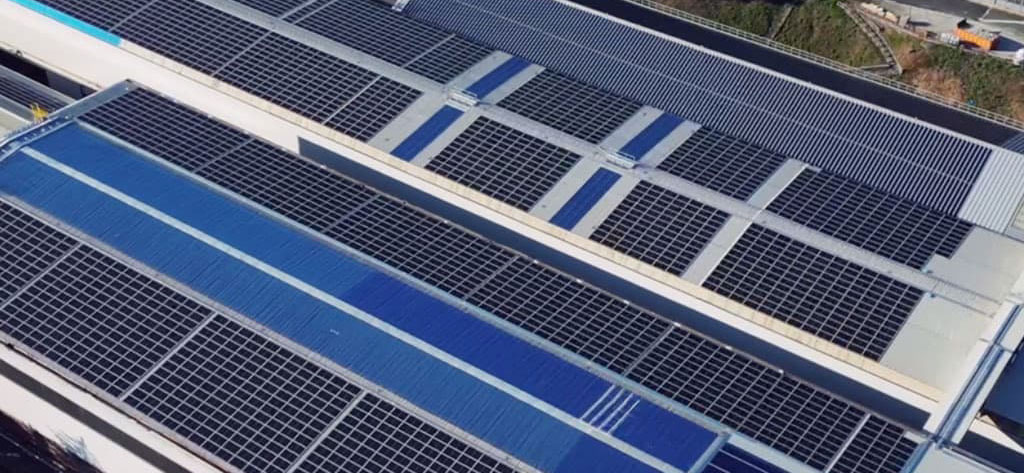
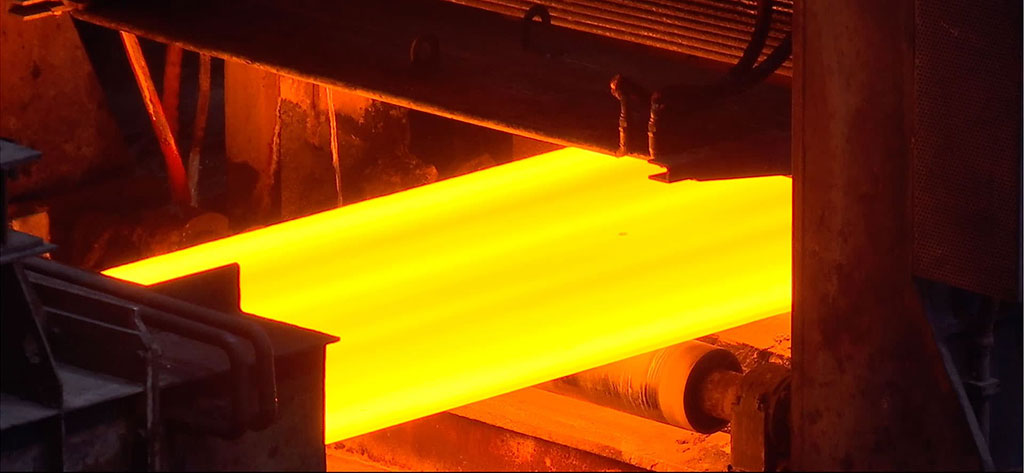
FAQ
It is steel with net zero emissions of CO2 (for scope 1 and scope 2 according to the guidelines of the GHG Protocol) covering 100% of Acciaieria Arvedi production. It is not the single steel coil, but a certificate of carbon neutrality which, on request from the customer, is sold for any Acciaieria Arvedi material produced or processed in the Cremona and Trieste works.
Because the emissions intensity (scope 1+2) in the Acciaieria Arvedi coil production process is zero following compensation.
The calculations are made in accordance with the GHG Protocol. The methods are standardized and derive from a partnership between the World Resources Institute (WRI) and the World Business Council for Sustainable Development (WBCSD). It is the standard used by GRI for the sustainability balance sheets for listed companies.
The calculation of the climate-changing gases is divided into Scope 1, Scope2 and Scope 3. The sum of all three scopes is called Carbon Footprint.
Scope 1: Scope 1 is the sum of direct plant emissions (combustion operations and the use of raw materials). It coincides with the Emissions Trading System (ETS) calculation (for standard steel this amounts to 352 tonnes of CO2 per tonne of steel)
Scope 2: Scope 2 is the sum of indirect emissions: electric power consumption. The calculation of indirect greenhouse gas emissions from electricity consumption is made using a market-based approach. https://ghgprotocol.org/sites/default/files/Scope2_ExecSum_Final.pdf
Scope 3: Scope 3 includes all emissions deriving from the production of the raw materials used, transport and logistics.
Acciaieria Arvedi keeps its scope 3 under control and sees to its reduction with a specific programme, but it is not included in its calculations.
It means that all amounts of climate-changing gases released into the atmosphere (grouped under the term CO2-equivalent) is removed or compensated. Taking the 2 figures, CO2-equivalent produced minus CO2-equivalent compensated, the result will be zero.
Compensation of the CO2 produced occurs in two different ways: the emissions are removed through the use of electric power from 100% renewable sources thanks to agreement with Enel X, compensation through voluntary credits, or the corresponding purchase of CO2 absorbed through new forestation through the purchase of VCS credits issued by the leading international standard VERRA. Besides this, there is constant industrial development for internal recovery of energy and the reduction of waste.
A third-party certifier, RINA, dealt with the certification of Acciaieria Arvedi’s carbon neutrality.
The certification process required months of on-site audits on each production plant involved, as well as verification of the renewable energy certificates and voluntary carbon credits purchased. Ongoing supervision is foreseen to verify that the goals are constantly achieved.
A product or a service can be defined as Carbon Free if, and only if, for its generation and supply carbon-based emissions such as waste or gases cannot be detected or calculated.
If we want to find an example of an effectively Carbon Free activity, we can think of electric power from renewable sources (such as wind turbines or photovoltaic solar panels). In fact, the production of this type of power does not imply upstream or downstream processes which emit carbon dioxide or Volatile Organic Compounds (VOCs).
A product or service is defined as Carbon Neutral, when whoever produces or supplies it compensates all the emissions linked to its production or supply with operations which capture the same amount emitted (reforestation projects) or with operations which have prevented an equal amount of emissions (projects for the conservation of natural forests, projects for the production of renewable energy, etc.). For example, a reforestation project removes and sinks carbon directly from the atmosphere, converting it into cellulose through chlorophyll photosynthesis (therefore tree growth), while a project for the installation of photovoltaic panels or wind turbines avoids the emission of climate-changing gases, producing the electric power needed from a renewable source such as the sun or the wind (instead of using coal-fired power stations).
The figures provided by Worldsteel are from 2.2 to 1.9 tonnes of CO2/tonne of steel.
ETS regulations establish: blast furnace cycle (complete) 2.068 tonnes of CO2/tonne of steel
0.266 tonnes of CO2/tonne of steel (source: Taxonomy of iron and steel 3.9), only scope 1.
0.133 tonnes of CO2/tonne of steel
Scope 1 emissions are compensated through the purchase of voluntary VCS (Verified Carbon Standard) and GS (Gold Standard) credits issued by the leading standard authority VERRA. A credit corresponds to the unit of emissions reduction or, in a similar manner, the increase in removal of greenhouse gases generated by a project equivalent to one tonne of CO2-e produced. The Credits Register is public and provides detailed information on the operations. At the same time Acciaieria Arvedi is constantly searching for technologies and processes to reduce its already low (133 tonnes of CO2e/tonne of steel) emissions figure to be compensated.
Scope 2 emissions, called indirect, are eliminated through the purchase and cancellation of Guarantees of Origin in an amount equal to the electricity consumption of Acciaieria Arvedi Spa in each year.
A VPPA, a Virtual Power Purchase Agreement, is a contract with the renewable electric power producer where the price of the power is fixed for a long period. Certification of the green power occurs through the issue of contracts called RECs or GOs (respectively Renewable Energy Certificates and Guarantees of Origin).
The calculation and reduction of a product’s carbon intensity also includes emissions linked to the production of the steel of which it is composed. When customers buy Arvzero they are certain of having in their hands steel with a carbon footprint of zero, a figure which can be reported in the manufacturer’s final calculation.
The Arvzero certificated steel can be bought through the usual sales channels. It just needs to be requested.
The Arvzero certificate can be downloaded through a dedicated link that can be found on the delivery DDT of the material. This link will take to you to the RINA portal, the third-party body which will manage and guarantee the constant control of the figures declared and observed at Acciaieria Arvedi.
As from 05/15/2023.
The Arvzero certificate applies to all the steel produced and processed at the Acciaieria Arvedi works in Cremona and Trieste.
There are two types of forestry projects:
- Afforestation projects (planting of trees) and reforestation (planting of trees where a forest, previously cut down, used to be).
The trees, during their growth and thanks to the process of chlorophyll photosynthesis, capture CO2 from the atmosphere.
These projects can generate carbon credits which can be traced to the direct removal (capture) of CO2 from the atmosphere by the single plants. - REDD+ (Reducing Emission from Deforestation and Forest Degradation): the aim of these projects is to reduce the deforestation of the natural forests still present on the planet. These forests represent real carbon sinks that have existed for thousands of years. Cutting them for commercial reasons or their destruction by fire, human activity etc. would cause the emission into the atmosphere of the carbon accumulated over the years as well as a huge loss in terms of the biodiversity in that area.
- The Fazenda Nascente Do Luar project (Mato Grosso do Sul, Brazil), 343 hectares of reforested land and the protection of 1150 hectares of native forest;
- The Rimba RaYa project, 47,000 hectares in the Tanyung Puting National Park, Indonesia, with a new plantation of mangroves
- Dayingjiang-3 hydroelectric project, situated in the south-west of China in the mountainous Yunnan area, one of the economically less developed areas and home to over 25 of the country’s 55 ethnic minorities. Four 50-MW hydroelectric generators have been installed on the River Daying.
In the case of the reforestation project chosen the Standard is VERRA. Founded in 2005, it is a Non-Governmental Organization (NGO) with its headquarters in Washington D.C. and is currently the world leader in the certification of forestry projects for the production of certified carbon credits. As can be seen from its website, VERRA has 1,659 projects registered worldwide (forestry and other) and more than 512 million carbon credits produced. (www.verra.org)
To obtain certification of a forestry project and obtain Carbon Credits, besides following the methodology of the international standards it is also necessary to submit the project for a final review by a third party (auditor), also certified and authorised with the United Nations. In our case the auditor is RINA SERVICES, an Italian company with 160 years of experience in a vast range of industrial sectors and which operates in more than 70 countries. Founded to follow the maritime industry, it has expanded and specialised in “green” services. Today it is a leader in the certification of environmental projects which must comply with international standards such as VERRA/VCS, Gold Standard, CDM. (www.rina.org)


